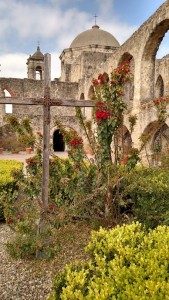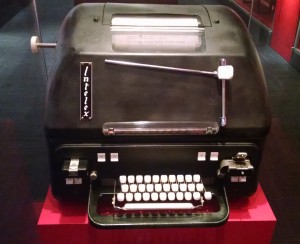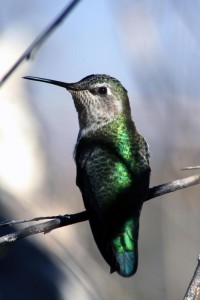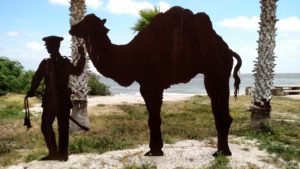
Historical Marker Camel Corps in Indianola, Texas
Thirty-four camels landed in Indianola, Texas, in 1856! After the United States won the Mexican-American War in 1846, the country acquired large land holdings in what is now Utah, Nevada, New Mexico, Arizona, and California. The American army wanted to map the region and establish forts in the new lands. Horses and mules could not easily withstand the high temperatures, lack of consistent water, and rough terrain. The army decided to try camels as beasts of burden. The camels marched from Indianola to base camp at Camp Verde, Texas. Eventually another 41 camels arrived. The camels were well-suited to the terrain and climate; the Camel Corps trekked all the way to the Pacific Ocean and back. Unfortunately, the Civil War disrupted the region, and the camel experiment ended.
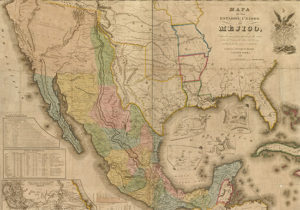

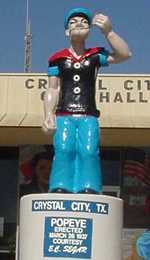 Spinach farmers in Crystal City, Texas, built a statue of Popeye in 1937. About half the spinach consumed in the United States is grown in Texas. China is the world’s leading producer of spinach. Children can learn about spinach and its nutritional values at:
Spinach farmers in Crystal City, Texas, built a statue of Popeye in 1937. About half the spinach consumed in the United States is grown in Texas. China is the world’s leading producer of spinach. Children can learn about spinach and its nutritional values at: 